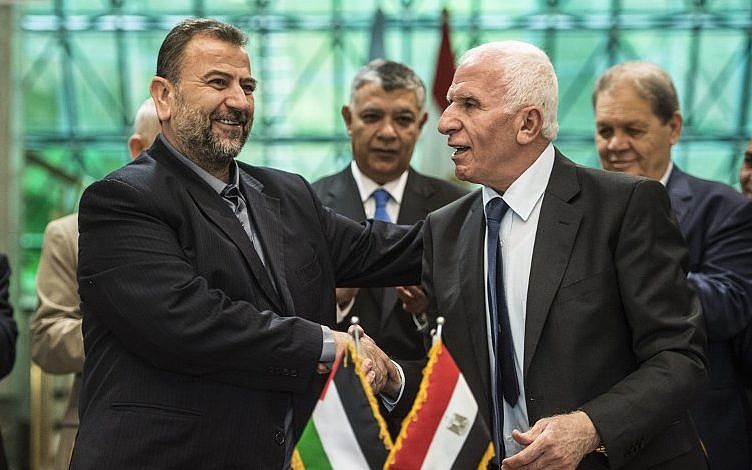Palestinian-Israeli Conflict
On December 6, 2017, President Donald Trump officially declared Jerusalem as Israel’s capital and demanded the state department to relocate the embassy. “Today, we finally acknowledge the obvious, that Jerusalem is Israel’s capital,” he said. The Trump administration is moving forward with plans to move the U.S. embassy from Tel Aviv to Jerusalem.
Although his decision has been applauded by some, many believe while consequences are not imminent, Trump has reversed decades of American policy and could overturn a long-standing “peace agreement” between Israel and the Palestinians.
Jerusalem is an ancient city beside the border of Israel and the West bank, a piece of land in east Israel. It holds a significant religious importance to Jews and Muslims, which is why they both want control over it.

Both Jews and Arabs can trace claims to their homeland thousands years back, but this conflict started in the 20th century. Jews believed they needed their own country because of the social and political persecution they were facing in Europe in the 1930s. Between 1896 and 1948, thousands of Jews settled in the British controlled Palestine; however, the Arabs assumed the settlers were making a colony and the two groups bitterly fought.
Therefore, in 1947, the UN General Assembly divided the British Mandate for Palestine into an Arab state and a Jewish one. This attempted resolution was recognized as the Partition Plan. However, a day before British forces were to withdraw, the Jewish half of Palestine issued the Declaration of Israel, thus making Israel an independent nation. Seven neighboring nations attacked Israel, marking the start of the 1948 Arab-Israeli war.
In 1967, Israel retaliated against Arab forces building along the border. Israel won, and even though it was promised that 56 percent of the land would go to Israel, they ended up with 77 percent. They captured the, Gaza Strip, West Bank, Old City of Jerusalem, and Golan Heights. Today, the Palestinian Authority’s control over the West Bank is titular because it’s mostly under Israeli occupation. Troops enforce Israeli regulations and Jews expand further and further into the West Bank, denying land to the Palestinians.
Israel’s victory left 700,000 Palestinians exiled, starting a refugee crisis that is an even bigger problem today. They settled in refugee camps in neighboring countries. One agreement in peace negotiations is the return of the Palestinian refugees to the homes they were evicted. However, adding 7 million Arabs to Israel’s population is not in Jewish interest.

The two most powerful political parties in Palestine are Fatah and Hamas. Hamas promotes the complete destruction of Israel and wants a one-state resolution, encouraging a violent resistance. Fatah’s current objectives are to accept the two-state solution in order for Palestine and Israel to coexist.
The Oslo Accords are the first peace treaties ever signed between Israel and Palestine. Starting in 1993, for over 20 years, the treaty has been trying to establish a Palestinian state in Gaza and the West Bank in exchange for Palestinians to end attacks on Israel. The Oslo Accords remains the most plausible approach to solving the conflict.
The two-state solution seems most appropriate because Israel gets its Jewish democratic state, and Palestine gets its freedom and dignity. The solution has been embraced by the majority of Palestine and Israel multiple times. However, the two cannot agree to the two-state solution negotiation terms.





